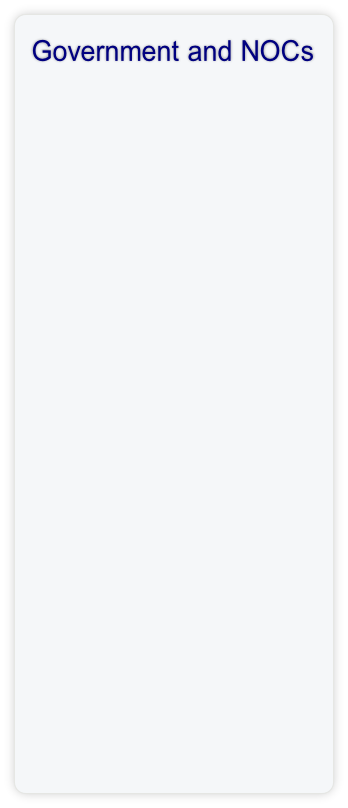
Globalshift.co.uk - copyright © 2009 to 2024; All rights reserved.
Data in this website may not be the most recent available Home | Terms of use
| Contact



WEST AFRICA
Deep in the jungle
Guinea, or Guinea-Conakry (the Republic of Guinea) is bordered by Guinea-Bissau, Senegal and Mali (north), and Sierra Leone, Liberia and Côte D’Ivoire (south). The Atlantic Ocean forms its western border.
Guinea lay on the edge of a series of African empires. The Ghana Empire, established in 300 AD northeast of Guinea, was replaced by the Sosso kingdom in the 12th century. Mandinka Muslims of the Mali Empire then ruled from 1235 until the 1500s when West Africa split into small kingdoms.
Fulani Muslims settled in central Guinea from 1735 and the Wassoulou Empire flourished from 1878 in upper Guinea. The French began to conquer the area in the 19th century culminating in the defeat of the Wassoulou in 1898.
France then negotiated boundaries with the UK and Portugal, forming the Territory of Guinea within French West Africa, and run from Dakar. In 1958, as the French Empire collapsed after World War 2, Guinea voted for independence.
The country became socialist and was governed by several autocratic rulers. Although free elections were held in 2010, political violence continues. In 2014 and 2015 the Ebola virus caused considerable hardship. Guinea's economy is largely dependent on agriculture and mineral production, especially bauxite.
Guinea is a mountainous, forested country on the east and low-lying on the west near the coast. Its highlands are the source for the Niger, Gambia, and Senegal Rivers. The highest point is Mount Nimba at 1,752 m.
Geologically, Guinea is underlain by the Archaean West African craton with a partial cover of Proterozoic metasedments and volcanics. In the east green stone belts hold significant gold and iron ore reserves whilst weathering in the river valleys has led to the formation of large bauxite deposits. In the northwest the Paleozoic Bove Basin forms a thick sedimentary succession over the basement and extends offshore.
Although onshore seeps have been recognised, Guinea has limited potential for oil and gas. Some exploration is being conducted in the onshore coastal region of the Bove basin.
Offshore, Guinea’s first deep water well, Sabu-1 at 760 metres, was spudded in 2011. Deep water prospects could perhaps be analogues to discoveries in the Liberian Basin in neighbouring Sierra Leone and in Senegal to the north, within the passive margin basins created during and after opening of the Atlantic Ocean.
However, due to the high risk and lack of exploration drilling, it is currently forecast by Globalshift that no commercial oil or gas production will be achieved in Guinea in the short and medium term either offshore or onshore.

GUINEA
Map and National Flag
West Africa








Capital
Population
Land area (sq kms)
Oil prod (000s b/d)
Gas prod (bcm/yr)
Oil cons (000s b/d)
Gas cons (bcm/yr)



Conakry
10.3 mm
245,857
None
None
9.5
None
Guinea’s President is directly elected for a 5-year term and is head of state and head of government, appointing a 25-member council of ministers.
The unicameral 114-member National Assembly is the elected legislative body. The President derives support from the Mandinka ethnic group, whilst the opposition is backed by the Fula ethnic group.
The National Office of Petroleum of Guinea (ONAP) oversees the industry under the auspices of The Ministry of Mines and Geology, which is responsible for petroleum exploration, development and production of oil and gas.
Click below for:


Excel files - histories and forecasts of production and wells for all countries and regions


